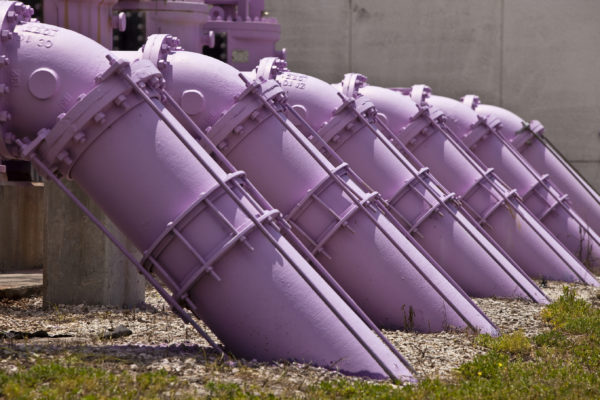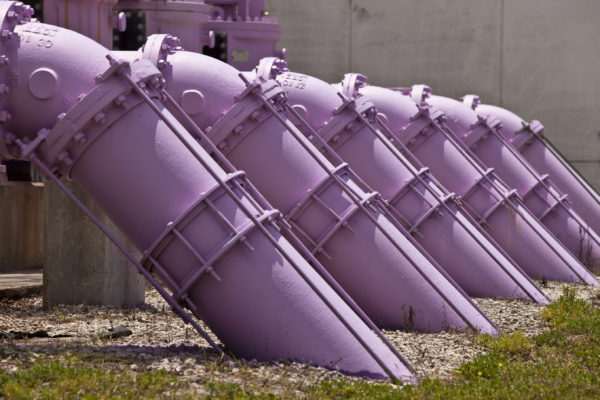
By Laura Belanger, Water Resources & Environmental Engineer (Note: this post first appeared on Western Resource Advocates.)
The West faces a water supply gap, and the reasons are simple. Our quickly growing cities and towns are adding demands on our already stretched water supplies. Water reuse can help us fill the gap.

Across the West, water is the lifeblood of our region. Beyond our need for drinking water to live, our rivers help to feed our communities and power our economies, and are where we escape to play. The rivers that course throughout our region are essential to our western way of life.
As we know all too well, the West faces a water supply gap, and the reasons are simple. Our quickly growing cities and towns are adding demands on our already stretched water supplies. In years like this, low snowpack driven by climate change is adding to the stress our water supplies face. So how can we meet our growing water needs while maintaining healthy, flowing rivers that can sustain our communities, agriculture, and wildlife?
So what is water reuse and why is it important? First, it’s important to understand the difference between the two primary types of reuse: potable and non-potable reuse. Many states in the West currently allow for non-potable – or purple pipe – reuse for things like landscape irrigation, industrial purposes, commercial laundries, and fire protection, among other things. But a majority of purple pipe reuse is for outdoor landscape irrigation which really only benefits us during irrigation months (less than half of the year). But with potable reuse – where water is treated to very high quality standards to ensure it’s safe and often blended with other supplies – that water can be used anytime, anywhere and for anything. Potable reuse helps stretch supplies and meet more demand with the same volume of water. And it doesn’t require an entirely separate set of pipes (purple) to deliver it.
Western Resource Advocates is working with water utilities, local and state agencies, and other organizations to help increase water reuse around the West to address this growing problem. In Colorado specifically, WRA is working with a diverse group of stakeholders to help develop regulations for direct potable reuse and advance legislation to increase reuse to help the state’s water supplies. Recycled water has been used for decades in Colorado and states across the nation and has long been proven to be a safe, cost-effective tool for additional water supply. In fact, the State of the Rockies Poll found that 78% of westerners “support using our current water supply more wisely by encouraging more conservation and increasing water recycling.“
Currently, WRA and our partners are working to advance four bills in the Colorado legislature that would allow recycled water to be used for:
- toilet flushing
- marijuana cultivation
- edible crop and community garden irrigation
- growth of industrial hemp
Other states, like Florida, Washington, Oregon, and Idaho, currently allow for recycled water to be used for toilet flushing and edible crop irrigation, and have successfully supplemented their water supplies this way. Colorado’s Water Plan also specifically calls for state agencies to identify how the state can foster increased reuse to help address growing demands, and these initiatives are a great step in that direction. By embracing water reuse for these applications and others we can help bolster our stretched water supplies, and work to help, shrink the gap between those supplies and the demands of our growing cities and towns. Water reuse, in concert with other water-smart tools and strategies, can help us provide for our communities while also protecting our beloved rivers and lakes, keeping them healthy and preserving the quality of life that they afford for all of us.